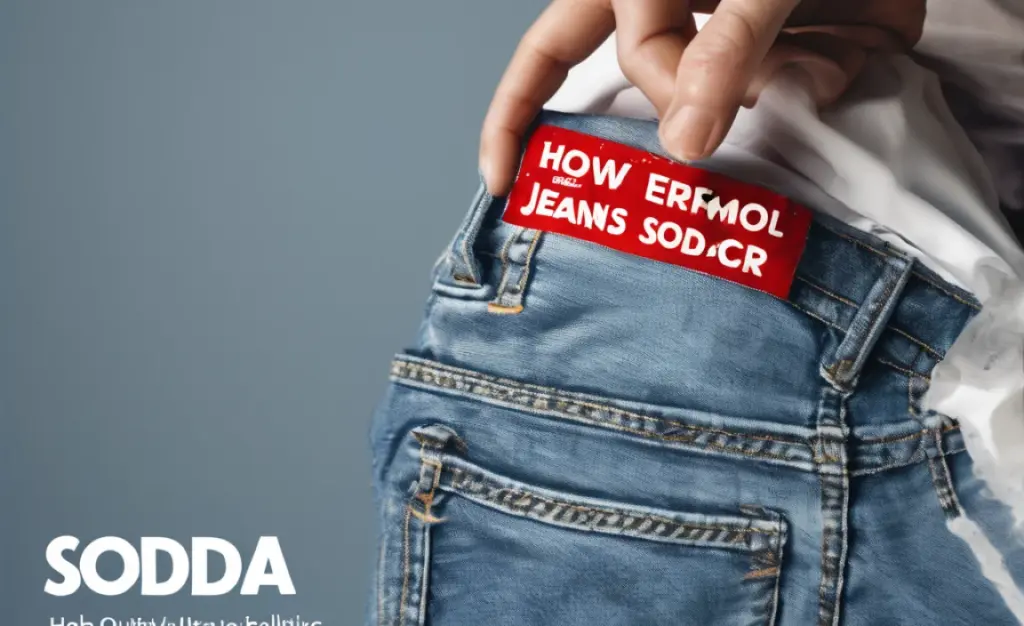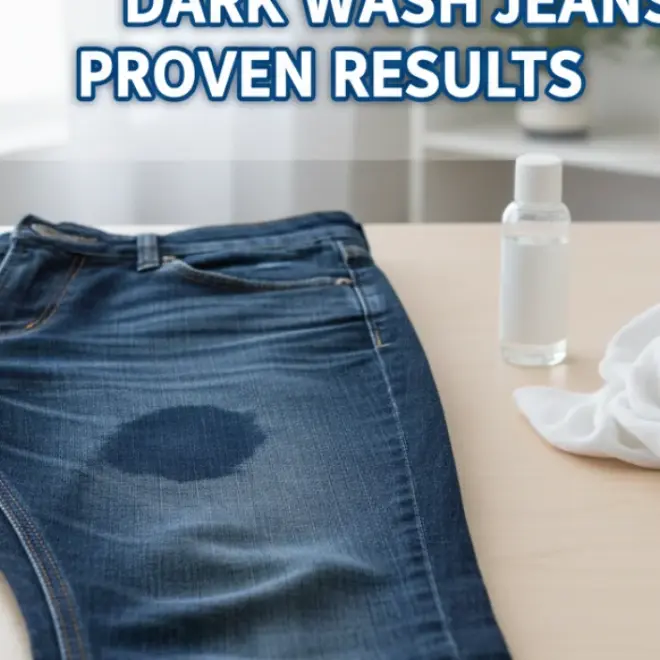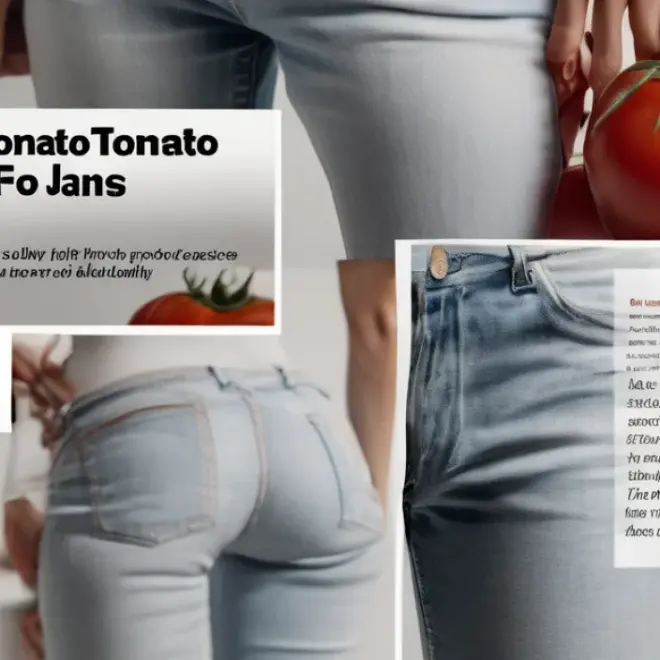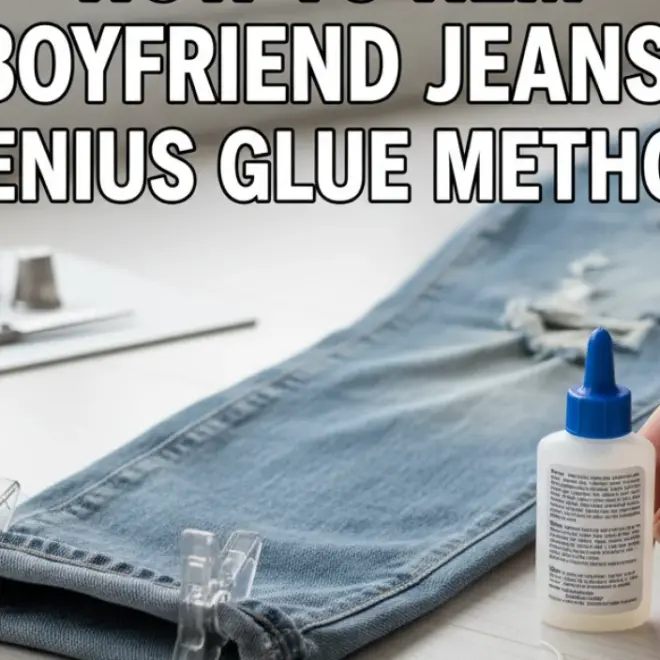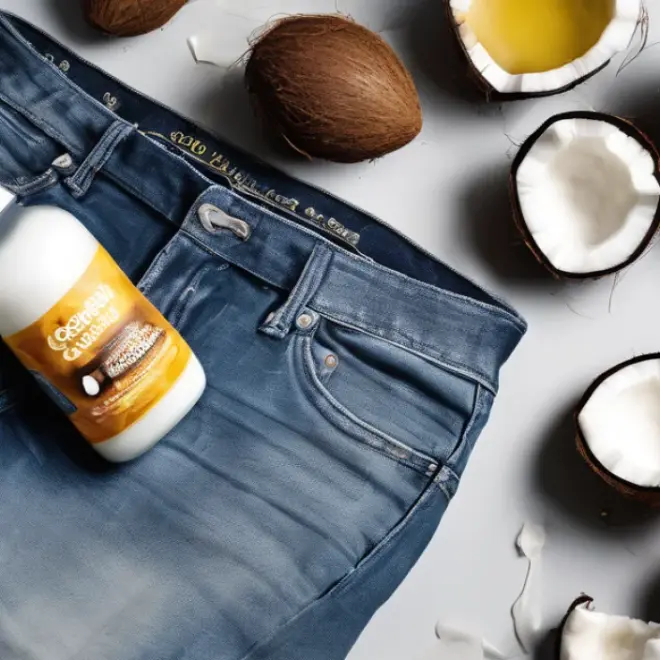Don’t let a soda spill ruin your favorite jeans! This guide offers simple, effective steps to remove soda stains quickly and easily, restoring your denim to its pristine condition. You’ll learn what to do immediately, how to treat stubborn spots, and how to keep your jeans looking great.
Spilling soda on your jeans can happen to anyone, anytime. Whether it’s at a picnic, a casual outing, or just relaxing at home, that sticky, sugary mess can seem daunting. But don’t worry! Dealing with a soda stain on your favorite pair of denim doesn’t have to be a disaster. With a few common household items and a straightforward approach, you can effectively lift that stain and save your jeans. Let’s break down exactly what you need to do, step-by-step, so you can get back to looking and feeling your best.
Understanding Soda Stains on Denim

Soda stains are primarily caused by the sugars and artificial coloring present in the beverage. When these elements come into contact with fabric fibers, they can bond, leading to discoloration and stickiness. The longer a soda stain is left untreated, the harder it becomes to remove completely. This is because the sugars can caramelize or the dyes can set permanently into the fabric. Understanding this makes prompt action crucial.
The key to successfully removing a soda stain from jeans lies in acting fast and using the right cleaning agents. Different types of soda, like cola or brightly colored fruit sodas, might require slightly different treatments due to their specific ingredients. However, the general principles of stain removal remain consistent: dilute, lift, and wash.
This guide will walk you through everything from immediate spill management to tackling those tough, set-in sodas. We’ll cover the tools you’ll need, the safest methods for your denim, and some tips to prevent future spills from becoming a problem.
What You’ll Need: Your Stain-Fighting Arsenal
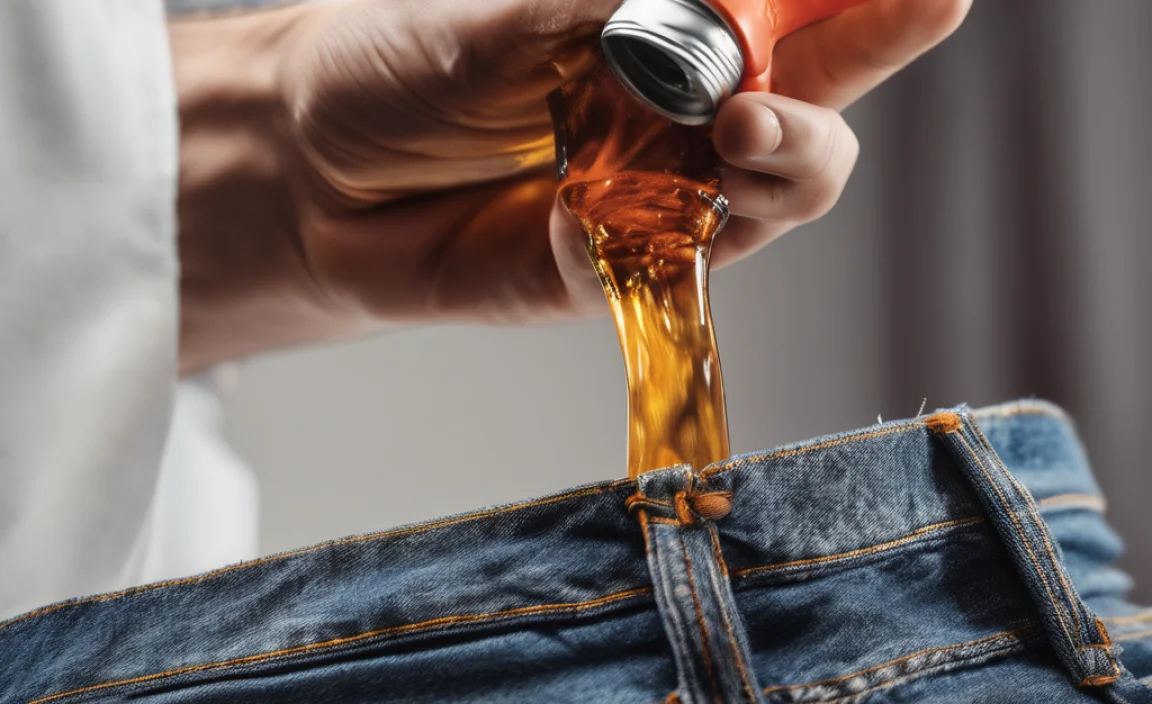
Before you start, gather these common household items. Having them ready will ensure you can tackle the stain efficiently without delay.
- Clean white cloths or paper towels
- Cold water
- Mild liquid laundry detergent
- Optional: White vinegar
- Optional: Baking soda
- Optional: An enzymatic stain remover (check product labels for fabric suitability)
- A soft-bristled brush or old toothbrush
Having these supplies on hand means you are prepared for a soda spill. It’s better to be ready than to have to search for items when your jeans are already stained and sticky.
Immediate Action: The First 5 Minutes
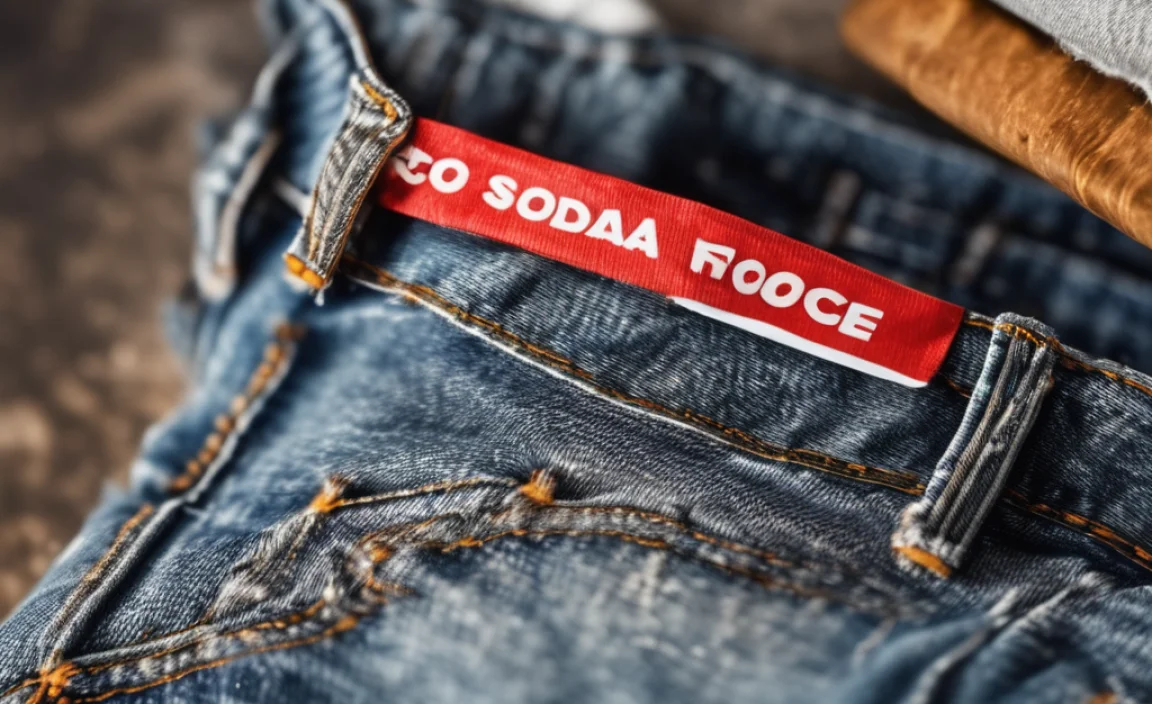
The most critical phase of soda stain removal is the initial response. Acting quickly dramatically increases your chances of a complete stain removal.
- Blot, Don’t Rub: Immediately grab a clean white cloth or paper towel. Gently blot the spilled area. The goal is to absorb as much of the liquid soda as possible without pressing it deeper into the fabric. Rubbing will spread the stain and push the soda further into the denim fibers, making it much harder to remove.
- Flush with Cold Water (from the back): If possible, turn the jeans inside out. Place the stained area under a gentle stream of cold running water. Rinsing from the back of the fabric helps push the soda out of the fibers, rather than further in. Avoid hot water, as it can set sugar-based stains.
This initial blotting and rinsing step is paramount. It removes the bulk of the soda before it has a chance to set. Think of it as removing the biggest offenders first, making the subsequent cleaning steps much more effective.
Step-by-Step Soda Stain Removal
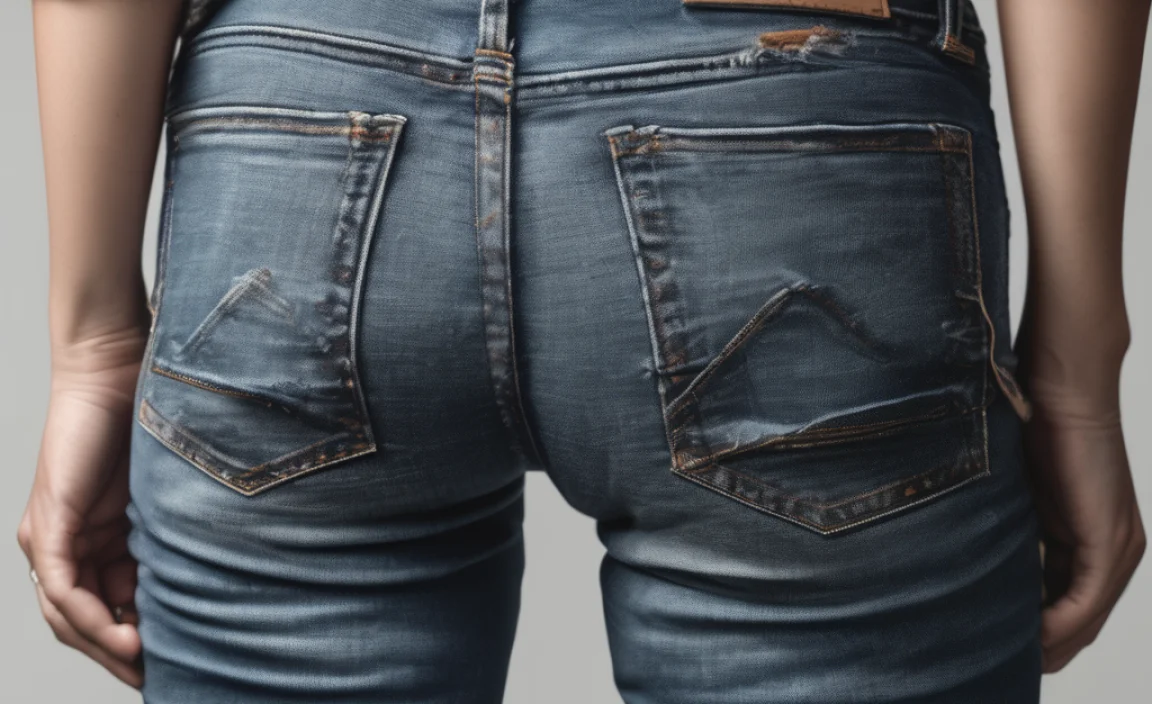
Once you’ve performed the immediate actions, it’s time for a more focused cleaning approach.
Step 1: Pre-treating the Stain
For any remaining stain or stickiness, pre-treatment is necessary.
- Apply Detergent: Apply a small amount of mild liquid laundry detergent directly to the stained area. Work it gently into the fabric with your fingers or a soft brush. For tougher stains, you can create a paste of baking soda and water and apply that over the detergent.
- Let it Sit: Allow the detergent (and baking soda paste, if used) to sit on the stain for at least 5-10 minutes to break down the sugars and pigments.
This pre-treatment step is where the real stain-lifting power comes into play. The detergent starts to break down the soda residue, making it easier to wash away.
Step 2: Option A – The Vinegar Rinse (Natural Approach)
White vinegar is a natural deodorizer and a mild acid that can help break down sugar and residue from soda.
- Mix Solution: In a small bowl, mix one part white vinegar with two parts cold water.
- Apply and Blot: Dip a clean white cloth into the vinegar solution and blot the stained area thoroughly. You should see some of the stain transferring to the cloth.
- Rinse Again: Rinse the area with cold water.
This method is excellent for tackling stickiness and any lingering discoloration, especially from lighter-colored sodas.
Step 3: Option B – Enzymatic Stain Remover (For Stubborn Stains)
If the stain is particularly stubborn or if you’re dealing with a darker soda, an enzymatic stain remover can be very effective. These removers contain enzymes specifically designed to break down organic stains like sugar and dyes.
- Choose Wisely: Select an enzymatic cleaner that is safe for denim. Always read the product instructions carefully.
- Apply According to Instructions: Apply the stain remover directly to the stain. Follow the manufacturer’s recommended dwell time, which is often longer than detergent pre-treatment.
- Gently Work In: You may gently work the product into the fabric with a soft brush.
Enzymatic cleaners are powerful tools, but it’s always a good idea to test them on an inconspicuous area of the jeans first, especially if they are a delicate wash or dark color.
Step 4: Washing Your Jeans
After pre-treating, it’s time to wash the jeans to remove all traces of the soda and cleaning solutions.
- Check the Care Label: Always refer to your jeans’ care label for specific washing instructions.
- Wash Cold: Wash the jeans in cold water on a normal or gentle cycle, depending on the fabric.
- Use Your Regular Detergent: Add your usual amount of laundry detergent. If you used the vinegar rinse, you don’t need to add extra vinegar to the wash cycle unless the stain was particularly stubborn and you want to ensure complete odor removal.
Washing in cold water is key here to prevent any remaining stain from setting due to heat.
Step 5: Inspect Before Drying
This is a crucial step often overlooked. Heat from a dryer will permanently set any remaining stain.
- Air Dry: After the wash cycle, inspect the stained area thoroughly while the jeans are still wet.
- Repeat if Necessary: If any trace of the stain or stickiness remains, repeat the pre-treatment and washing steps. Do not put the jeans in the dryer until the stain is completely gone.
Patience at this stage will save your jeans from a permanent reminder of the soda spill. Air drying is your safest bet.
Tackling Tougher Stains and Discoloration

Sometimes, soda spills leave behind a stubborn residue or discoloration that requires a little extra attention. These methods can help.
The Baking Soda Paste Method
For persistent stains, a thick paste of baking soda and water can be very effective.
- Mix 3 parts baking soda with 1 part water to create a thick paste.
- Apply the paste generously to the stain.
- Let it dry completely on the fabric.
- Once dry, brush off the excess baking soda.
- Treat any remaining discoloration with a mild detergent or enzymatic cleaner as described above, then wash.
Baking soda is a natural whitener and absorbent, making it great for drawing out stains.
The Peroxide Spot Treatment (Use with Caution)
For light-colored or white jeans, a very mild dilution of hydrogen peroxide can sometimes help lift discoloration.
- Mix one part hydrogen peroxide (3% solution) with three parts cold water.
- Apply a small amount of this solution to a cotton swab and dab it very gently onto the stain.
- Let it sit for no more than 5 minutes.
- Rinse immediately with cold water and then proceed with the standard washing procedure.
Important: Always test hydrogen peroxide on an inconspicuous area first, as it can bleach or damage colored fabrics. This method is best reserved for light denim or white jeans.
Understanding Stain Removal Variables
Several factors can influence how easy or difficult it is to remove a soda stain. Knowing these can help you manage your expectations and choose the best approach.
| Factor | Impact on Stain Removal | Notes |
|---|---|---|
| Type of Soda | High | Dark sodas (cola, grape) contain more intense dyes, making them harder to remove than clear sodas (lemon-lime, clear cream soda). |
| Age of Stain | High | Fresh stains are significantly easier to remove than old, set-in stains because the sugar and dyes haven’t bonded as strongly to the fibers. |
| Fabric Type/Wash | Medium | Heavier denim and darker washes may be more forgiving. Very light denim or delicate washes might require gentler treatments. Check the care label. |
| Previous Treatments | Medium | Using hot water or rubbing vigorously initially can set the stain, making subsequent removal much harder. |
| Treatment Speed | High | Immediate blotting and rinsing significantly improve removal success rates. |
Understanding these variables helps you choose the most appropriate and effective removal method. For instance, if you have a dark cola stain that’s a day old on dark wash jeans, you know to be patient and possibly use a stronger (but safe) pre-treatment like an enzymatic cleaner.
Preventative Measures and Care Tips
While spills are inevitable, a few habits can help minimize their impact and keep your jeans looking their best.
- Be Mindful: When enjoying fizzy drinks, be extra careful, especially when wearing lighter-colored jeans.
- Keep a Stain Pen Handy: A portable stain remover pen or wipes can be a lifesaver for immediate action when you’re on the go.
- Pre-treat Regularly: Even without visible spills, occasionally pre-treating your jeans with laundry detergent before washing can help keep them fresh and prevent subtle build-up.
- Proper Storage: Store your jeans in a cool, dry place. Avoid exposing them to direct sunlight for extended periods, which can fade colors.
- Follow Care Labels: Always adhere to the washing and drying instructions on your jeans’ care labels. This ensures longevity and prevents damage. You can find general guidelines for fabric care from organizations like the Federal Trade Commission (FTC), which provides consumer advice on product care.
These simple practices go a long way in maintaining the quality and appearance of your denim.
Frequently Asked Questions About Soda Stains on Jeans
Here are answers to common questions people have about dealing with soda spills on their jeans.
Can I use soap and water to remove a soda stain?
Yes, mild liquid laundry detergent (which is a type of soap) and cold water are your first line of defense. Start by blotting the spill, then apply detergent and rinse. Avoid bar soap, as it can sometimes leave its own residue or worsen certain stains.
What if I don’t have laundry detergent?
If you don’t have laundry detergent immediately available, cold water is still your best bet for initial blotting and rinsing. You can then try a paste of baking soda and water, or a gentle dish soap (use sparingly, as it can create a lot of suds) if it’s all you have. However, laundry detergent is the most effective common household cleaner for this purpose.
How do I remove a soda stain from dark wash jeans without bleaching them?
For dark wash jeans, stick to cold water, mild liquid laundry detergent, and white vinegar. Avoid chlorine bleach or hydrogen peroxide, as they will likely cause discoloration. Enzymatic stain removers are generally safe for most colors, but always patch-test first.
Is it okay to use a stain remover pen on my jeans?
Yes, stain remover pens are designed for on-the-go treatments and are often effective for soda spills. Follow the product instructions carefully, and always blot gently. If the stain is particularly large or old, you may still need to follow up with a full wash.
What’s the difference between fresh and old soda stains?
Fresh stains are easier to remove because the soda components haven’t had time to deeply penetrate and bond with the fabric fibers. Old stains have had time to set, meaning the sugars may have caramelized or the dyes have dried and become entrenched, requiring more persistent pre-treatment and possibly multiple washing cycles.
Can I use club soda to remove a soda stain?
While club soda is a form of water, its carbonation provides some gentle lifting action. It can be used as an initial rinse if you have it on hand, but it’s not a substitute for a proper detergent or stain remover for effectively breaking down sugars and dyes. If using, still blot first and rinse from the back.
What if the stain is still visible after washing and air drying?
If a stain persists after washing and air drying, the heat from a dryer would have set it. Do not dry the jeans. Repeat the pre-treatment process, perhaps trying a different method (e.g., if you used detergent, try the vinegar rinse or an enzymatic cleaner) and then wash again. Continue this cycle until the stain is gone before drying.
Conclusion: Your Jeans Are Safe!
Accidents happen, but a soda spill on your favorite jeans no longer needs to be a cause for panic. By following these steps – acting fast to blot and rinse, pre-treating with the right cleaning agents, washing in cold water, and crucially, inspecting before drying – you can effectively remove most soda stains. Remember that patience and persistence are key, especially with older or darker stains. With a little care and these simple techniques, your denim will be back to looking its best, ready for whatever adventures come your way. Treat your jeans right, and they’ll remain a staple in your wardrobe for a long time.


